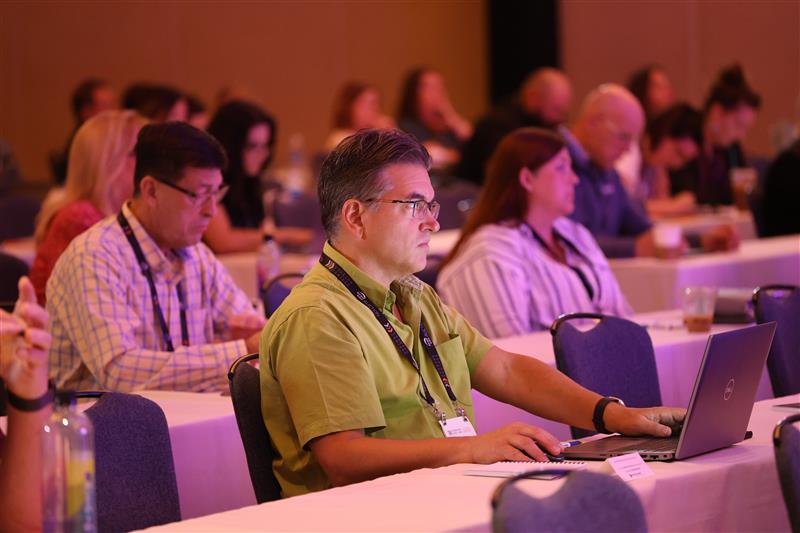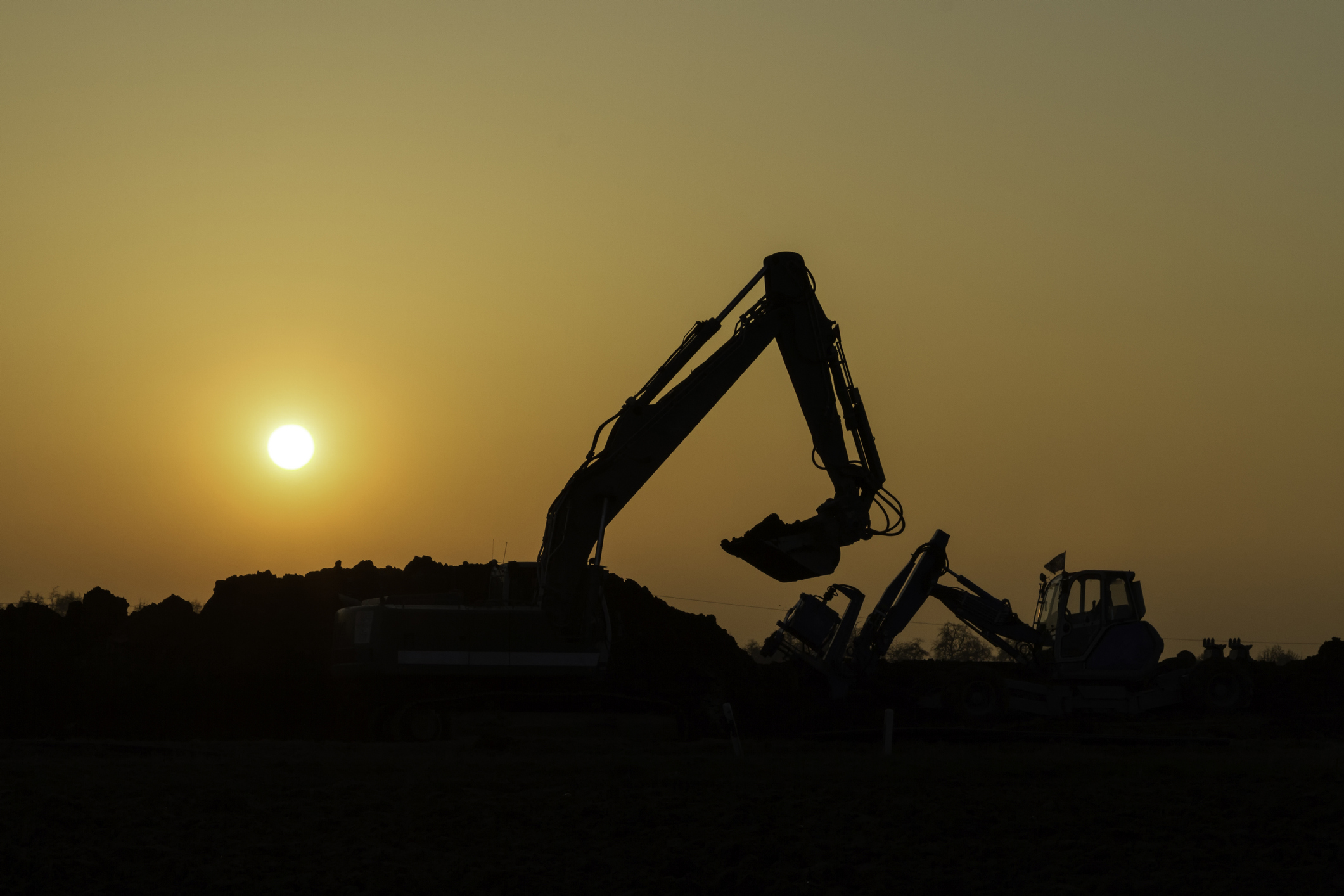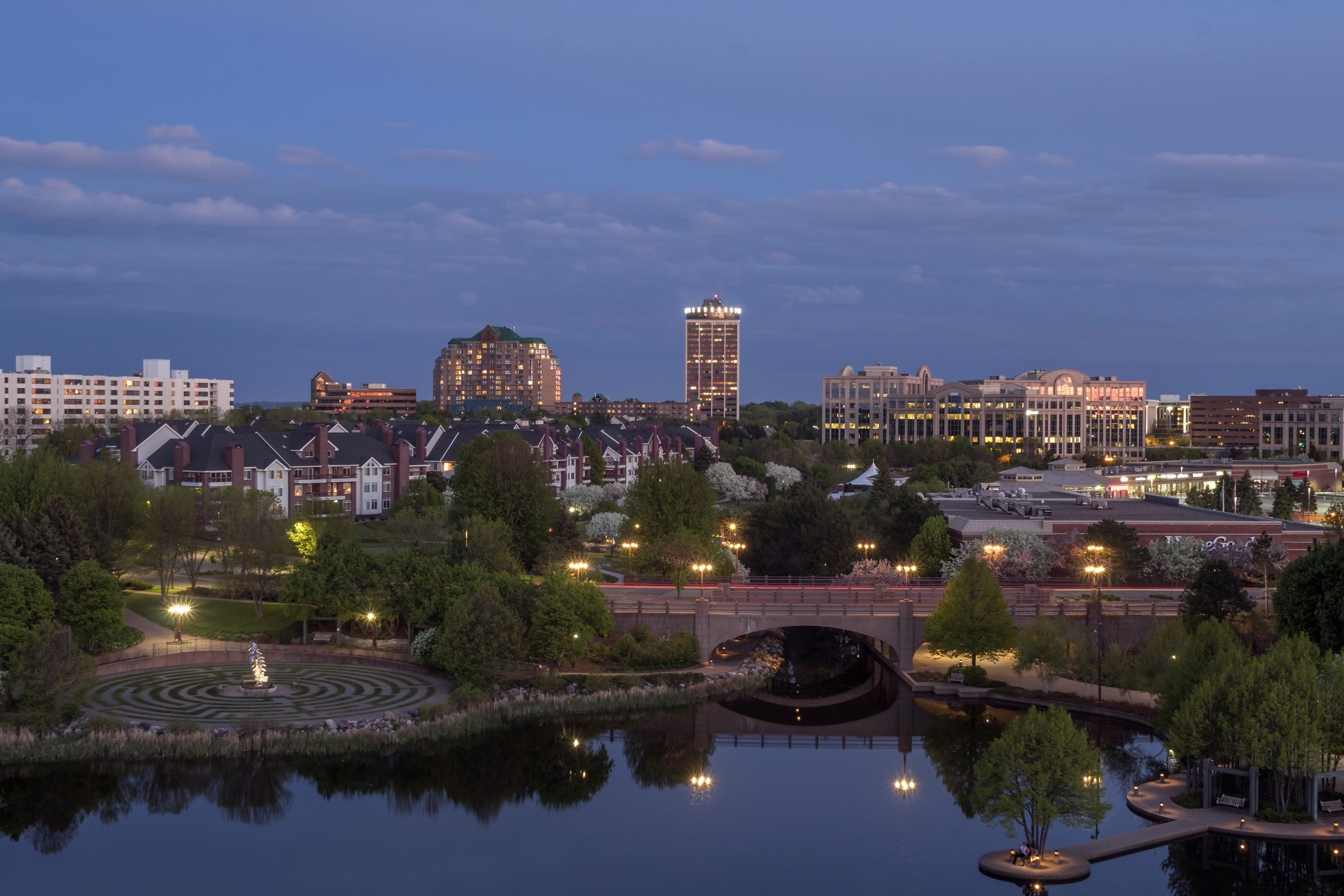The equipment manufacturing industry faces a steep challenge to decarbonize operations, as global demand for energy increases substantially and the pathway to zero-carbon emissions remains elusive.
While there are many alternative power options on the market currently, none of them seem to be a perfect solution. Earlier this month at the AEM Product Safety & Stewardship Conference, Chris Saucedo, founder and principal of Capstone Machinery Consultants International (CMCI), explored the use of alternative fuels today, and the challenges and benefits surrounding them.
“Other countries are facing the exact same energy problems that we’re facing, and it’s becoming increasingly important across the world to find an alternative to fossil fuel sources, which we continue to rely on,” said Saucedo.
Sustainability is everyone’s business. Whether it is through minimizing operational impact on the environment, aligning with ever-evolving regulations, or supporting a more sustainable world, the equipment manufacturing industry’s future depends on the responsible use of natural resources. AEM has been committed to addressing societal and safety issues on behalf of the industry for 130 years. For more information, visit aem.org/sustainability.
The Current State of U.S. Energy Sources and Infrastructure
About 60% of energy in the U.S. still comes from fossil fuel sources, and as equipment manufacturers work to be sustainable and create efficiencies in the use of their products, seeking out alternative energy sources has become an increasingly important mission.
To add to the problem, the U.S. has an energy infrastructure problem that needs to be addressed in order to provide the amount of alternative energy needed. Due to permitting bottlenecks, new energy projects typically face a multiyear process to get approval. And, though the majority of Americans support more nuclear power, reactor shutdowns continue to gradually outpace new construction. When it comes to working toward an emissions-free electricity sector, a massive expansion of the electric grid will be required in order to reach net-zero emissions – but there are numerous technical, economic, and public policy challenges facing an expansion of this magnitude.
“We have an infrastructure issue that has to be addressed, even before we touch on industry-specific power sources. This infrastructure issue needs to be a part of our common voice to leadership, whether that be in the industry or in government,” said Saucedo.
Currently Available Options
The equipment manufacturing industry currently uses several different types of alternative power – and each comes with its own unique challenges and benefits:
Biodiesel is a renewable biofuel, a form of diesel fuel, derived from biological sources like vegetable oils, animal fats, or recycled greases.
- The benefits: Biodiesel is a more biologically friendly fuel source, and generally reduces emissions hydrocarbons, carbon monoxide, and particulate matter.
- The challenges: While it reduces some emissions, it increases nitrogen oxide (NOx) emissions. It also costs more than conventional fuels, coming in at around $2 more a gallon than regular diesel. There are also environmental challenges in sourcing the biological material to convert into biodiesel.
Hydrogen fuel cells are devices that convert hydrogen’s chemical energy into electricity through an electrochemical reaction.
- The benefits: Hydrogen fuel cells are more efficient than traditional batteries. The only byproducts they produce are electricity, water, and heat, and can provide power for systems as large as a utility power station and as small as a laptop computer.
- The challenges: because hydrogen has such a small molecular structure it has adverse effects on steel, causing flaking and cracking. The production of hydrogen can also create greenhouse gas emissions.
LPG stands for liquefied petroleum gas, a family of flammable hydrocarbon gases that include propane, butane, and isobutane.
- The benefits: LPGs are a reliable source of fuel that burn cleanly and efficiently.
- The challenges: storage and the higher cost of maintenance as a result of using propane are definite drawbacks. These fuels can’t be used in higher horsepower non-road vehicles, making them far less useful for the equipment manufacturing industry.
Methane is one of the most abundant natural gas energy sources on the planet.
- The benefits: Methane is naturally occurring, and appears as a byproduct of drilling and fracking, making it abundant in our atmosphere.
- The challenges: Methane produces only half as much carbon dioxide as coal, and as a result of drilling and fracking it is not entirely sustainable.
Electrification is currently one of the most common solutions hitting the equipment manufacturing industry today.
- The benefits: Batteries don’t emit greenhouse gases during use, cost less to operate, and cost less in maintenance.
- The challenges: Batteries consume a large amount of energy as they are being produced, and the initial purchase costs are a concern for many customers. There is still work to be done to improve on current battery technology, as improvements need to be made to extend their total lifecycle and to improve upon electrical connectors and battery housings.
“As demand continues to grow, many companies find themselves leaning on what they already know, which is fossil fuels. As an industry we need to start looking further into the future and create innovative solutions,” said Saucedo.
Innovation in the realm of electrification could potentially lower upfront costs for end-users and increase durability in the future – but there needs to be a collective effort to accomplish better long-term solutions.
While the listed alternative fuel sources are the start to the industry solution to net zero carbon emissions, there is still much work to be done. The equipment manufacturing industry must act together, using one unified voice to address infrastructure challenges and break down barriers to alternative power solutions.
About AEM’s Product Safety & Stewardship Conference
The Product Safety & Stewardship Conference is setting the stage as the industry's only conference designed to provide attendees with first-class access to the latest insight on product liability, safety design standards, regulatory requirements, and potential risks to avoid.
The Product Safety & Stewardship Conference brings heavy equipment manufacturers, value chain partners, and subject matter experts together to harmonize ideas and orchestrate breakthroughs. Visit the official event website for more information.





